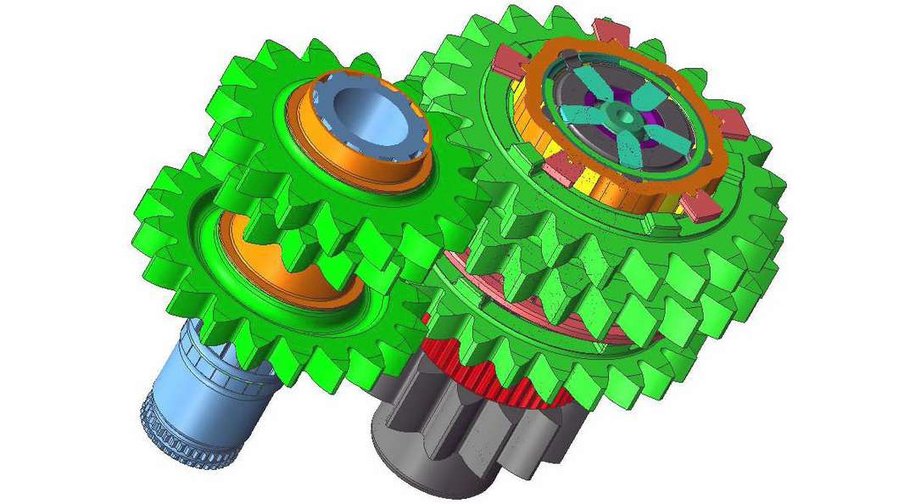How Many Speeds Make Sense for EV Transmissions? Probably One

We got this answer from Gerhard Gumpoltsberger (who has, hands down, one of the best names of anyone I've ever interviewed for AutoblogGreen), an engineer for ZF. We asked Gumpoltsberger about the transmission at an event that highlighted the various cool tech in ZF's SUV (that's "Smart Urban Vehicle). We'll have more on the SUV later, but we wanted to pick Gumpoltsberger's brain about the right number of gears, given ZF's obvious work on transmissions for ICE vehicles for a larger number of OEMs and its EV concepts.
ZF went through a lot of concepts, he said, with one gear or two or more. "We made a lot of investigations on that, especially here with passenger cars but also with bigger vehicles," he said. "Our assumption at the moment it that for conventional cars, for an urban vehicle where the maximum speed is 120 or 150 maybe [kilometers per hour, so 75-93 miles per hour] or even for Tesla, which is very powerful but also fast, one gear is enough."
Back in 2007 and 2008, Tesla did a lot of work on its two-speed transmission before ultimately deciding to scrap the darn thing. And even in ICE vehicles, there's an upper limit to how many speeds make sense for a transmission.
That doesn't mean that multiple-speed transmissions are never a good thing for electric vehicles. Gumpoltsberger said that for larger machines – trains and heavy trucks, for example – a two- or even three-speed transmission may make sense. Gumpoltsberger wouldn't say that there will never be a transmission technology in the future that creates the conditions for a multiple-speed EV transmission, but he said that it's more likely that electric motor technology will increase fast enough to keep the multiple-speed transmissions at bay. Plus, if you add in a second gear, you need to figure out how and when to shift, and electric drivers are already getting used to their cars never having to shift and that sort of smooth comfort will be challenging to disrupt.
In 2011, Fabio Viotto from Oerlikon Drive Systems release an SAE paper (PDF) titled A Novel Seamless 2-Speed Transmission System for Electric Vehicles: Principles and Simulation Results. In it, Viotto argues that a two-speed transmission on an electric axle, while heavier, "can be an effective way to increase the performance and the efficiency of an electric axle." The tests were done in a vehicle that sort of straddles the size and weight line where Gumpoltsberger believes it makes sense to shift to a two-speed set-up, a Mercedes-Benz Vito minibus. Earlier findings from the test were presented at the 2009 EVS in Norway.
Nouvelles connexes


